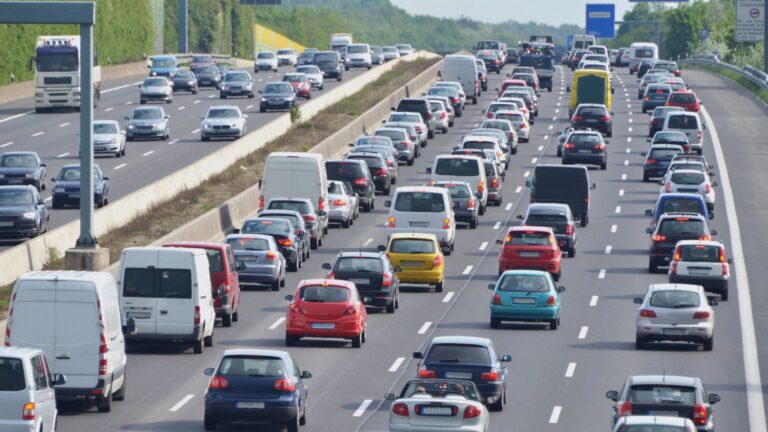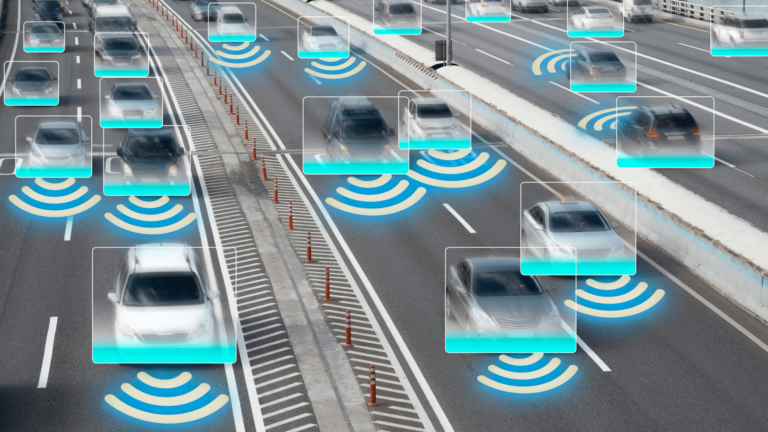As cities worldwide strive to improve road safety, predictive analytics is emerging as a powerful tool to reduce accidents and enhance automated traffic enforcement (ATE) programs. By leveraging vast amounts of data from traffic enforcement cameras, predictive models can help transportation authorities anticipate and prevent crashes before they happen.
The Role of Predictive Analytics in Road Safety
Predictive analytics uses historical data, machine learning, and artificial intelligence to identify patterns and forecast future incidents. When applied to ATE, these insights allow authorities to:
- Identify high-risk locations based on past violations, weather conditions, and traffic patterns.
- Deploy enforcement strategically by determining the most effective placement of speed and red-light cameras.
- Improve traffic flow by adjusting signal timing and enforcement measures in response to real-time conditions.
- Enhance public safety campaigns by targeting high-risk behaviors with education efforts that are backed up by data.
Data-Driven Placement of ATE Systems
One of the most impactful applications of predictive analytics in ATE is the strategic placement of cameras. Instead of relying solely on historical crash data, predictive models assess various factors such as:
- Speeding trends from enforcement data.
- Traffic congestion levels.
- Pedestrian movement patterns.
- Weather-related crash risks.
For example, a study conducted by VITRONIC in Potsdam, Germany, demonstrated how intelligent infrastructure can support automated driving and traffic enforcement. By analyzing real-time data, authorities optimized enforcement placement to protect vulnerable road users and reduce collision risks.
Case Studies Demonstrating Effectiveness
Chicago, Illinois
Chicago has been at the forefront of utilizing predictive analytics to enhance its Automated Traffic Enforcement (ATE) programs, particularly through the implementation of red-light and speed cameras. The city’s approach focuses on improving road safety by strategically deploying enforcement measures based on data-driven insights.
Initiated in 2003, Chicago’s Red-Light Camera Enforcement Program aims to reduce the incidence of red-light running and the associated serious and fatal crashes. By analyzing traffic data, the city identifies intersections with high rates of violations and collisions, allowing for targeted camera placement.
Between 2005 and 2023, intersections equipped with red-light cameras experienced a reduction in various types of crashes*:
- Dangerous right-angle (“T-bone”) crashes decreased to 56% of their previous occurrence.
- Overall crashes at these intersections were reduced to 52%.
- Crashes resulting in injuries declined to 39%.
- Pedestrian crashes decreased to 49%.
- Rear-end crashes were reduced to 60%.
Fairfax, Virginia
In Fairfax, Virginia, predictive analytics has been instrumental in enhancing traffic enforcement within school zones. The city has implemented speed enforcement cameras in areas identified through data analysis as high-risk for speeding violations, particularly near schools. These cameras are strategically placed based on factors such as traffic volume, historical speeding data, and proximity to school zones. The program aims to improve road safety by reducing speeding incidents in sensitive areas and is currently being expanded.
Elovate’s Traffic Analytics Solutions
Elovate, as a leader in transportation analytics, provides data-driven enforcement strategies that help cities refine their ATE programs. Our processing software, Citeweb, is designed to handle and analyze large datasets, facilitating predictive analytics and strategic placement of traffic enforcement cameras. By identifying high-risk areas through data analysis, Citeweb enables targeted interventions that enhance road safety and reduce traffic violations.
Studies have demonstrated the effectiveness of such data-driven approaches. For instance, an analysis of Automated Speed Enforcement (ASE) in Washington, D.C.**, revealed that strategically placed ASE cameras led to a significant reduction in speed-related incidents, contributing to the city’s Vision Zero goals.
Similarly, research on scaling video analytics for large camera deployments highlights the importance of efficient data processing systems. These systems can manage extensive video feeds, enabling real-time analysis and informed decision-making for camera placement and traffic management.
Enhancing Public Trust and Compliance
Predictive analytics not only enhances enforcement effectiveness but also improves public perception of ATE programs. By demonstrating that enforcement is based on data-driven safety needs rather than revenue generation, transportation departments and law enforcement can build greater trust with the community, and fight the perception of social bias and inequity when it comes to camera placement.
The Future of Predictive Analytics in ATE
As machine learning and AI, as a subset of machine learning, continue to advance, predictive analytics will play an even more significant role in road safety. Future developments may include:
- Real-time hazard prediction using live traffic feeds and weather data.
- AI-driven adaptive enforcement that adjusts based on current conditions.
- Integration with autonomous vehicle systems to create safer urban environments.
Predictive analytics is revolutionizing automated traffic enforcement, making roads safer through data-driven decision-making. By leveraging insights from traffic cameras and real-time data, transportation authorities can prevent crashes, optimize enforcement, and ultimately save lives. As more cities embrace this technology, the future of road safety looks increasingly proactive and intelligent.
- *https://www.chicago.gov/city/en/depts/cdot/supp_info/red-light_cameraenforcement.html
- ** ttps://arxiv.org/abs/2106.09933






